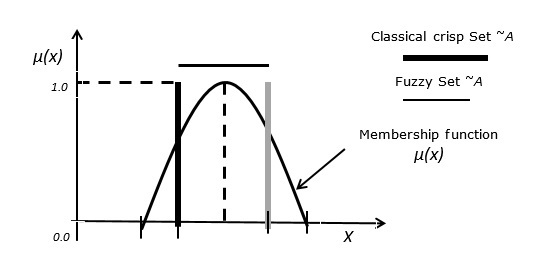
Modelling & Simulation - Database
The objective of the database in Modelling & Simulation is to provide data representation and its relationship for analysis and testing purposes. The first data model was introduced in 1980 by Edgar Codd. Following were the salient features of the model.
Database is the collection of different data objects that defines the information and their relationships.
Rules are for defining the constraints on data in the objects.
Operations can be applied to objects for retrieving information.
Initially, Data Modelling was based on the concept of entities & relationships in which the entities are types of information of data, and relationships represent the associations between the entities.
The latest concept for data modeling is the object-oriented design in which entities are represented as classes, which are used as templates in computer programming. A class having its name, attributes, constraints, and relationships with objects of other classes.
Its basic representation looks like −

Data Representation
Data Representation for Events
A simulation event has its attributes such as the event name and its associated time information. It represents the execution of a provided simulation using a set of input data associated with the input file parameter and provides its result as a set of output data, stored in multiple files associated with data files.
Data Representation for Input Files
Every simulation process requires a different set of input data and its associated parameter values, which are represented in the input data file. The input file is associated with the software which processes the simulation. The data model represents the referenced files by an association with a data file.
Data Representation for Output Files
When the simulation process is completed, it produces various output files and each output file is represented as a data file. Each file has its name, description and a universal factor. A data file is classified into two files. The first file contains the numerical values and the second file contains the descriptive information for the contents of the numerical file.
Neural Networks in Modelling & Simulation
Neural network is the branch of artificial intelligence. Neural network is a network of many processors named as units, each unit having its small local memory. Each unit is connected by unidirectional communication channels named as connections, which carry the numeric data. Each unit works only on their local data and on the inputs they receive from the connections.
History
The historical perspective of simulation is as enumerated in a chronological order.
The first neural model was developed in 1940 by McCulloch & Pitts.
In 1949, Donald Hebb wrote a book The Organization of Behavior, which pointed to the concept of neurons.
In 1950, with the computers being advanced, it became possible to make a model on these theories. It was done by IBM research laboratories. However, the effort failed and later attempts were successful.
In 1959, Bernard Widrow and Marcian Hoff, developed models called ADALINE and MADALINE. These models have Multiple ADAptive LINear Elements. MADALINE was the first neural network to be applied to a real-world problem.
In 1962, the perceptron model was developed by Rosenblatt, having the ability to solve simple pattern classification problems.
In 1969, Minsky & Papert provided mathematical proof of the limitations of the perceptron model in computation. It was said that the perceptron model cannot solve X-OR problem. Such drawbacks led to the temporary decline of the neural networks.
In 1982, John Hopfield of Caltech presented his ideas on paper to the National Academy of Sciences to create machines using bidirectional lines. Previously, unidirectional lines were used.
When traditional artificial intelligence techniques involving symbolic methods failed, then arises the need to use neural networks. Neural networks have its massive parallelism techniques, which provide the computing power needed to solve such problems.
Application Areas
Neural network can be used in speech synthesis machines, for pattern recognition, to detect diagnostic problems, in robotic control boards and medical equipments.
Fuzzy Set in Modelling & Simulation
As discussed earlier, each process of continuous simulation depends on differential equations and their parameters such as a, b, c, d > 0. Generally, point estimates are calculated and used in the model. However, sometimes these estimates are uncertain so we need fuzzy numbers in differential equations, which provide the estimates of the unknown parameters.
What is a Fuzzy Set?
In a classical set, an element is either a member of the set or not. Fuzzy sets are defined in terms of classical sets X as −
A = {(x,μA(x))| x ∈ X}
Case 1 − The function μA(x) has the following properties −
∀x ∈ X μA(x) ≥ 0
sup x ∈ X {μA(x)} = 1
Case 2 − Let fuzzy set B be defined as A = {(3, 0.3), (4, 0.7), (5, 1), (6, 0.4)}, then its standard fuzzy notation is written as A = {0.3/3, 0.7/4, 1/5, 0.4/6}
Any value with a membership grade of zero doesnt appear in the expression of the set.
Case 3 − Relationship between fuzzy set and classical crisp set.
The following figure depicts the relationship between a fuzzy set and a classical crisp set.
